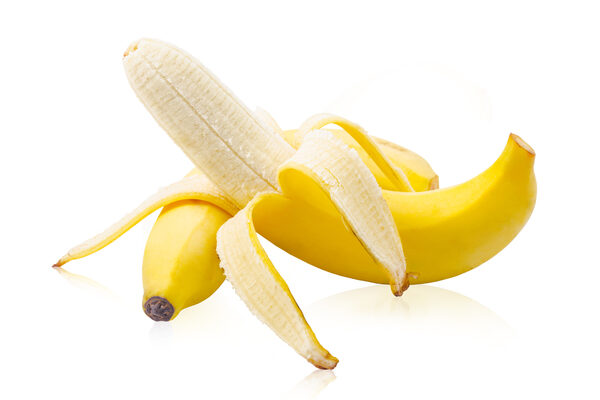Cavendish bananas are one of the most popular and widely consumed banana varieties worldwide. Known for their sweet flavor, creamy texture, and ease of use, they make a delicious and nutritious snack or ingredient for various dishes. When purchasing Cavendish bananas, consider the following factors to ensure you select the best quality fruit:
- Ripeness: Cavendish bananas are available in various stages of ripeness. If you plan to consume them immediately, choose bananas that have a vibrant yellow color with little to no green spots. These bananas are ripe and ready to eat. If you prefer them slightly less ripe, look for bananas with more green on the peel, as they will continue to ripen after purchase. Avoid bananas with brown or black spots, as they may be overripe and mushy.
- Texture: Gently squeeze the bananas to assess their firmness. They should be soft but not overly mushy. Avoid bananas that feel too firm, as they may still need time to ripen. The perfect Cavendish banana should yield slightly to pressure and have a creamy, smooth texture when eaten.
- Size and Shape: Cavendish bananas typically come in a uniform, elongated shape. Choose bananas that are free from deformities, bruises, or cuts. While size doesn’t impact taste, larger bananas might be more suitable for slicing, while smaller ones are great for snacking on the go.
- Bunch Size: Consider the number of bananas in a bunch. If you’re buying for personal consumption or a small household, choose smaller bunches to avoid wastage. For larger families or events, larger bunches might be more practical.
- Organic vs. Conventional: Decide whether you prefer to buy organic or conventional Cavendish bananas. Organic bananas are grown without synthetic pesticides and fertilizers, which some people prefer for health and environmental reasons. Conventional bananas are more readily available and might be more affordable.
- Origin: Check the origin of the bananas if you prefer to support local or fair trade practices. Depending on your location, you might have the option to choose locally grown bananas or those from specific countries known for producing high-quality fruit.
- Packaging: Cavendish bananas are often sold loose or in bunches with minimal packaging. Look for bananas with intact stems to prevent premature ripening. Avoid bunches with damaged or crushed bananas, as this can lead to spoilage.
- Shelf Life: Consider your consumption plans and the shelf life of the bananas. If you want to enjoy them over a few days, choose bananas that are slightly less ripe. If you prefer to eat them immediately, opt for fully ripe ones. Keep in mind that Cavendish bananas can become overripe quickly, so plan your purchase accordingly.
- Special Considerations: If you have any dietary restrictions or preferences, such as looking for non-GMO or sustainably sourced bananas, research the available options and certifications in your area.
In conclusion, selecting the perfect Cavendish bananas involves considering their ripeness, texture, size, bunch size, production method, origin, packaging, shelf life, and any special considerations. By paying attention to these factors, you can enjoy the delightful sweetness and versatility of Cavendish bananas in your snacks, smoothies, desserts, and recipes. Happy banana shopping!
